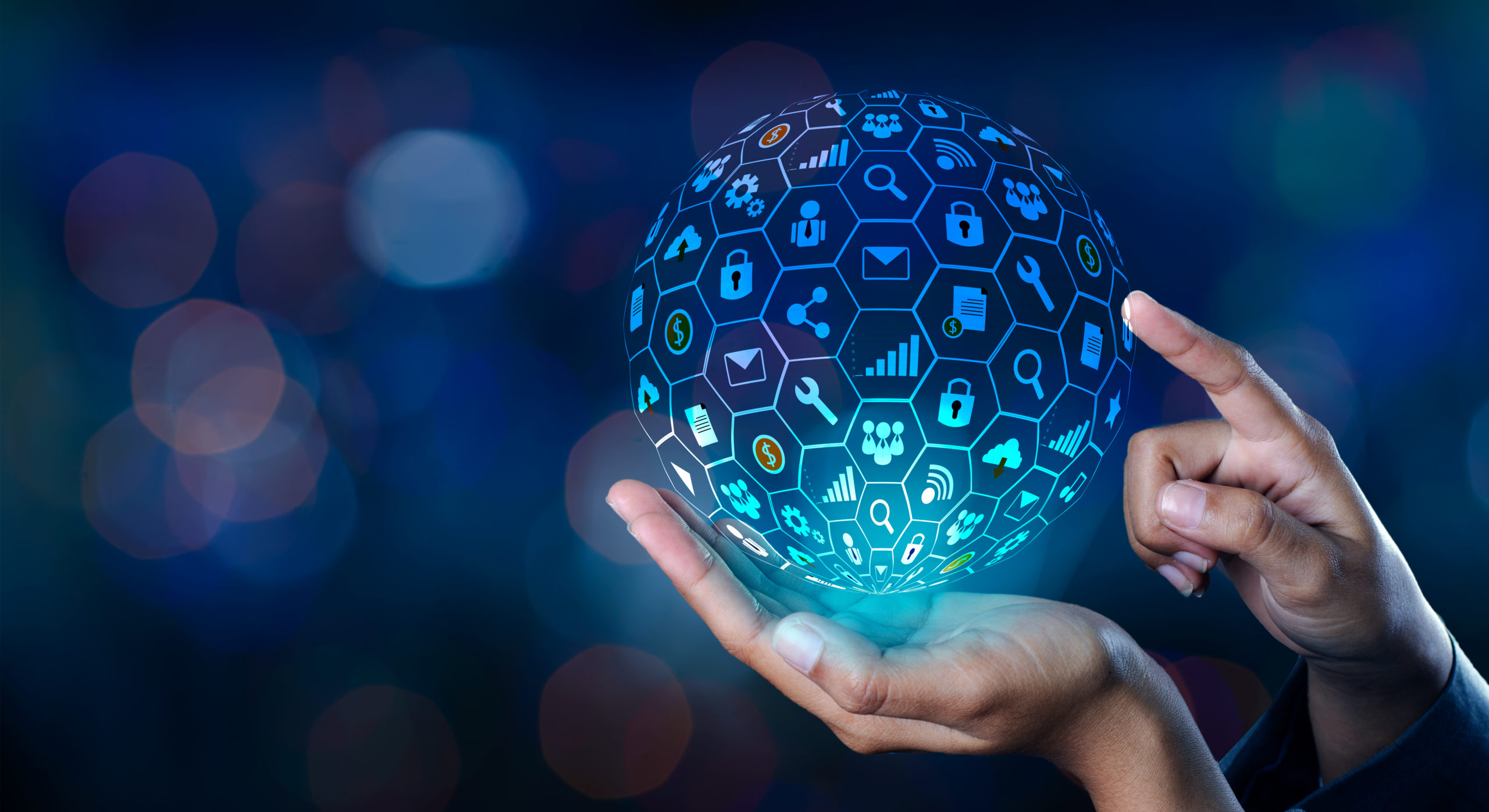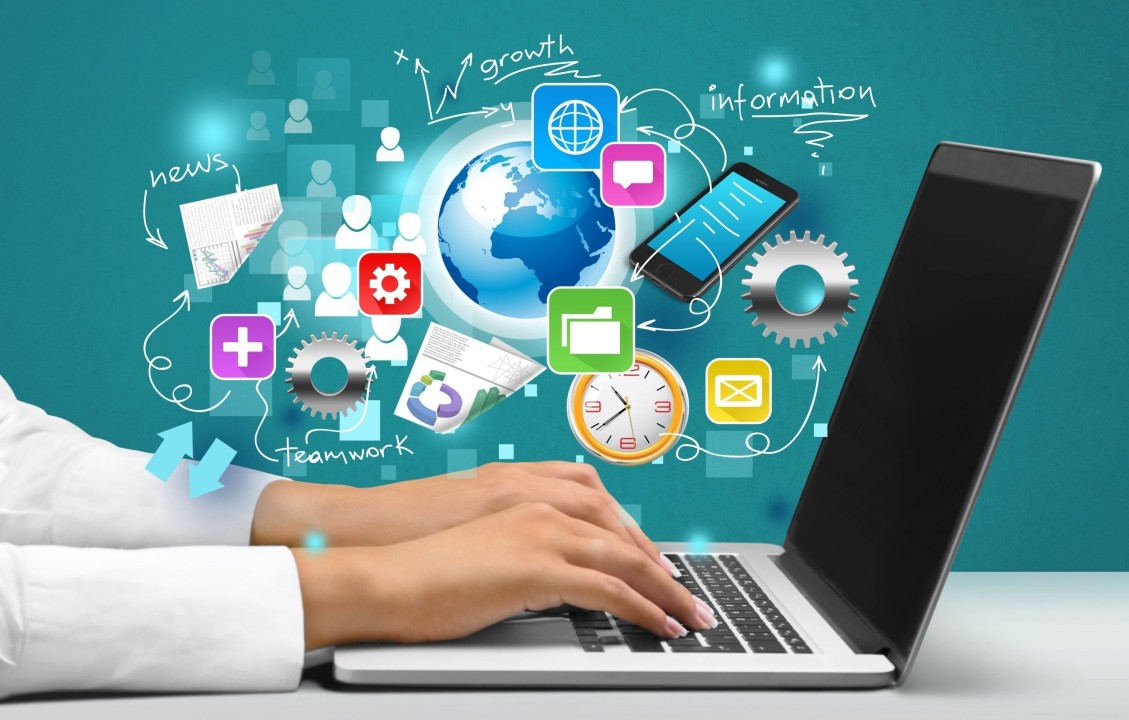Technology 7.0: Shaping the Future of Human Life

From the first wheel to artificial intelligence, technology has always been the heartbeat of human progress. But in the 21st century, we’ve entered a new phase — one where technology is no longer just a tool, but a companion, a teacher, and in some cases, a decision-maker. Welcome to Technology 7.0 — a symbolic term that reflects the seventh major leap in how humans interact with machines, data, and each other.
In this blog post, we’ll explore what defines today’s technological era, how it’s transforming our world, and what it means for the future of humanity.

What is Technology 7.0?
“Technology 7.0” isn’t an official term you’ll find in textbooks — it’s a conceptual way of framing our current digital evolution. If we were to break it down into eras, it might look like this:
-
Tech 1.0 – The Discovery Era: Fire, tools, the wheel — basic survival tech.
-
Tech 2.0 – The Agricultural Era: Farming tools, irrigation, domestication.
-
Tech 3.0 – The Industrial Revolution: Machines, factories, engines.
-
Tech 4.0 – The Electrical and Communication Era: Electricity, telegraphs, radio, early computing.
-
Tech 5.0 – The Digital Age: Computers, internet, software, mobile devices.
-
Tech 6.0 – The Connected Age: Cloud computing, IoT, data analytics, social media.
-
Tech 7.0 – The Intelligent Age: Artificial intelligence, machine learning, robotics, quantum computing, biotech, and human-machine integration.
Each era builds on the last, but Technology 7.0 stands apart because it’s not just about doing things faster — it’s about rethinking what’s possible entirely.
The Core Pillars of Technology 7.0
Let’s break down what makes this era so revolutionary:
1. Artificial Intelligence (AI)
AI is no longer science fiction. It’s making decisions in finance, healthcare, education, and entertainment. From ChatGPTs to self-driving cars, AI is learning how to predict, adapt, and even “create.”
The big question: How far should AI go? And who decides its ethical boundaries?
2. Biotechnology and Human Enhancement
We’re entering an age where technology can heal and enhance the human body. CRISPR gene editing, bionic limbs, and brain-computer interfaces (like Neuralink) are not just ideas — they’re being tested and deployed.
This opens the door to curing diseases — but also to ethical debates about “designer” humans and the digital divide in healthcare access.
3. Quantum Computing
While still in its infancy, quantum computing promises to solve problems in seconds that would take today’s supercomputers millions of years. It could revolutionize cryptography, climate modeling, and drug development.
The only challenge? It’s insanely complex — and potentially disruptive to current tech systems.
4. Immersive Realities (VR, AR, XR)
Virtual and augmented realities are reshaping how we learn, play, and interact. Imagine attending a work meeting in Tokyo, a concert in London, and a college class in Boston — all without leaving your bedroom.
The metaverse may not be fully here yet, but we’re laying its digital foundation daily.
5. Sustainable Tech and Green Innovation
With climate change a global concern, the new wave of technology is focused on clean energy, smart grids, carbon capture, and eco-conscious design. Sustainability isn’t just a buzzword — it’s a requirement for survival.
From solar-powered cities to lab-grown meat, innovation now must serve both people and the planet.
Everyday Life in the Tech 7.0 Era
You don’t have to be a programmer or scientist to feel the impact of modern technology. It’s in how we:
-
Communicate: Through smartwatches, encrypted messengers, and voice-activated assistants.
-
Work: Remote jobs, digital nomadism, AI-generated reports, and online collaboration tools.
-
Learn: Online courses, AI tutors, virtual campuses, and global classrooms.
-
Shop: Personalized recommendations, automated deliveries, and even virtual try-ons.
-
Stay Healthy: Smartwatches monitor our sleep, exercise, heart rate, and even blood oxygen.
Technology is so embedded in daily life that we often don’t notice it — until it fails.
The Double-Edged Sword of Innovation
With great power comes great responsibility. As tech becomes more powerful, so do the risks:
-
Privacy concerns: Our data is collected constantly — for ads, insights, or worse.
-
Cybersecurity threats: Hacks, identity theft, and deepfakes can destroy lives.
-
Digital addiction: Overuse of screens affects our attention, sleep, and relationships.
-
Job displacement: Automation may replace millions of traditional jobs, especially in transport, customer service, and manufacturing.
Balancing innovation with ethics, access, and mental health is one of the biggest challenges of the Technology 7.0 era.
The Human Touch: Will We Lose Ourselves?
One of the greatest fears in an automated world is losing what makes us human — creativity, empathy, spontaneity, and meaning.
But there’s another possibility: that technology enhances humanity rather than replacing it. Already, artists use AI to compose music. Teachers use gamification to engage students. Therapists use apps to provide better care.
In this way, Technology 7.0 isn’t about machines taking over. It’s about humans evolving with smarter tools.
Preparing for the Future
You don’t need to be a tech expert to adapt to the future — but you do need to be open to learning. Here’s how to stay relevant in a fast-moving world:
-
Be curious: Read, watch, and listen to trusted tech news sources.
-
Stay ethical: Support companies and products that align with your values.
-
Learn basic tech skills: From digital literacy to coding, knowledge is power.
-
Protect your data: Understand privacy settings, encryption, and secure browsing.
-
Balance your life: Use tech to enhance — not dominate — your time.

In Conclusion: Technology as a Partner, Not a Master
Technology 7.0 is not just about machines, algorithms, or innovation for innovation’s sake. It’s about redefining what it means to live, work, and connect in a world where the lines between physical and digital, human and machine, are increasingly blurred.
As we continue building this future, the question isn’t just what technology can do, but who it serves and why.
The future isn’t written in code — it’s shaped by the values we embed in our tools.
Let’s make sure they reflect the best of us.
